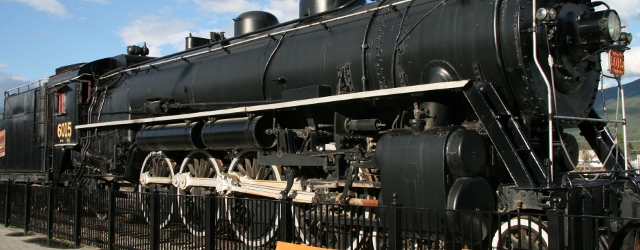Generating Electricity
Coal is used to generate electricity by burning it. The heat is then used to run a heat engine, which utilizes water steam to turn electric turbines. Coal was the fuel that started the industrial revolution, and it’s use continues to grow today. Coal-fired electricity production accounts for more electricity than any other fuel source.
Energy density
The average energy density of coal used today is much lower than at the start of its use. The low energy density means train car loads of coal are burned each day at a midsized coal power facility. The main waste byproduct of this burning is known as fly ash, and is contains significant concentrations of toxic elements, including radioactive ones such as uranium and thorium.
Implementations
More efficient coal power generator designs have been developed over the last century, both improving efficiency and reducing emitted gaseous pollutants due to government regulation. Government regulation regarding acid rain and air particulates forced the second change. A recent major disaster regarding the proper care of fly ash has made it clear to the world that coal has additional dangers beyond its enormous carbon dioxide footprint.
Design and Implementation Issues
Coal deposit qualities and locations have become less and less ideal over the last century. To improve worker safety and reduce cost, mountain tops are routinely removed to access the coal underneath, causing dramatic environmental change in the area.
There has been recent interest in the storage of the gaseous pollutants from coal plants underground. Such ‘clean coal’ technology is at the early implementation stage and has yet to prove itself economically competitive, and doubts have been raised about whether the gas will stay underground for the long term, possible groundwater contamination, and potential seismic effects.
Some amount of negative externalities arise from the use of coal as a primary electricity source. Health effects on the surrounding population and wildlife have been hard to quantify, but are not included in the cost of coal power. Huge amounts of fly ash still exist and could pose a danger to future generations, as well as current ones.
Most importantly, the exclusion of these factors from the cost of coal power drives down the average cost of power, and continues to push off the adoption of cleaner generation methods such as wind and solar because of their inability to compete with the artificially low price of coal power.
The emission of CO2 from coal power generators is argued to be a leading cause of atmosphere driven climate change globally. However, economically recoverable deposits of coal exist to potentially power human activities for centuries at current rates of consumption, although coal quality and convenience of location will continue to decline.

I would consider examining clean coal very closely, as it’s seen by many as the solution to the energy crisis.